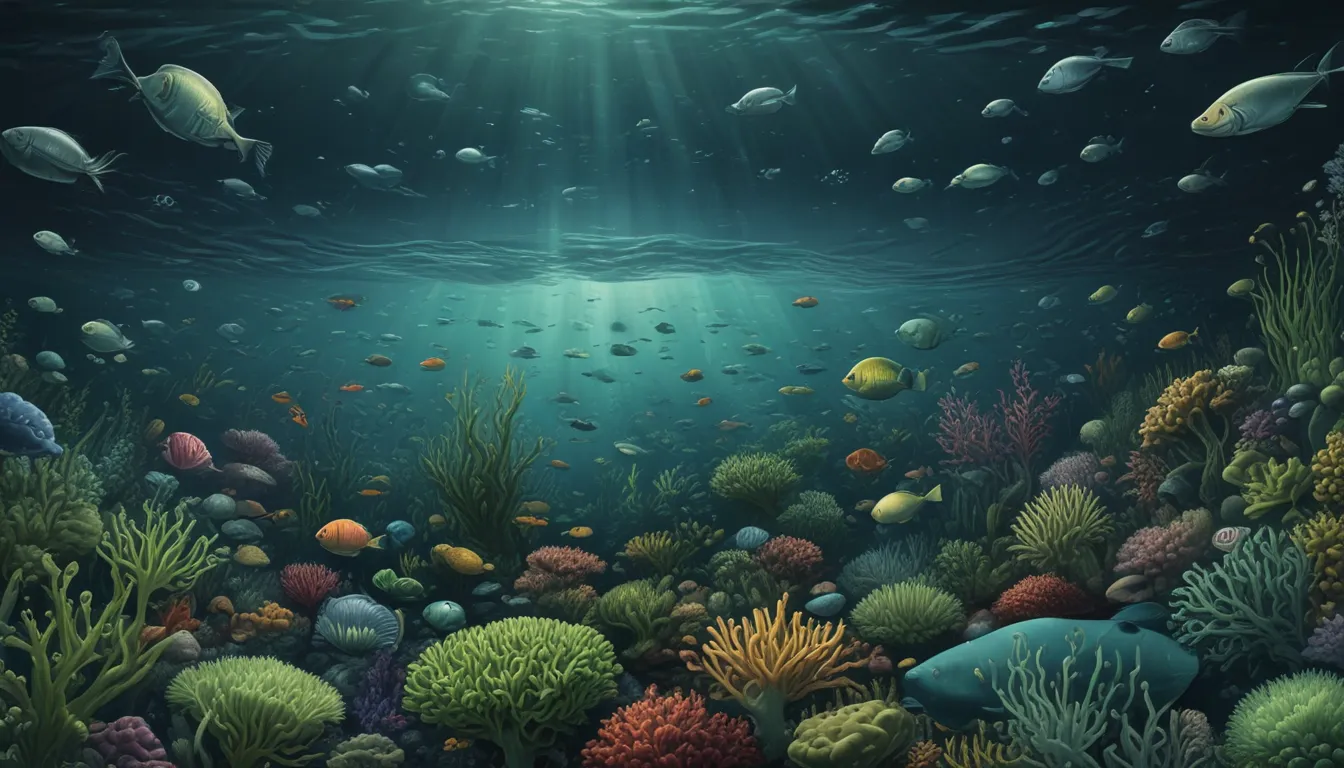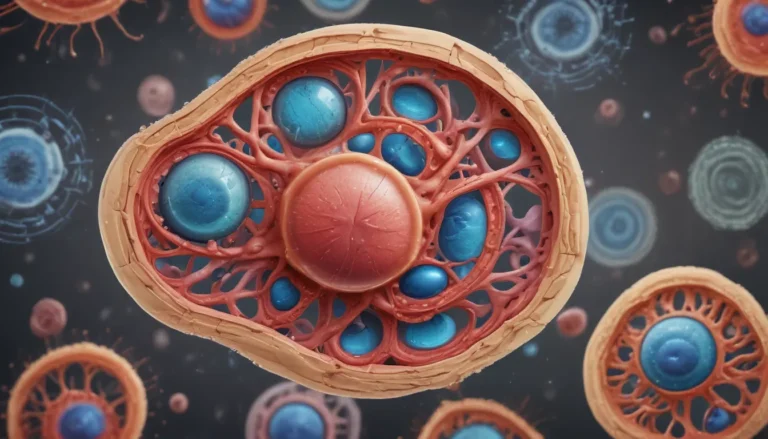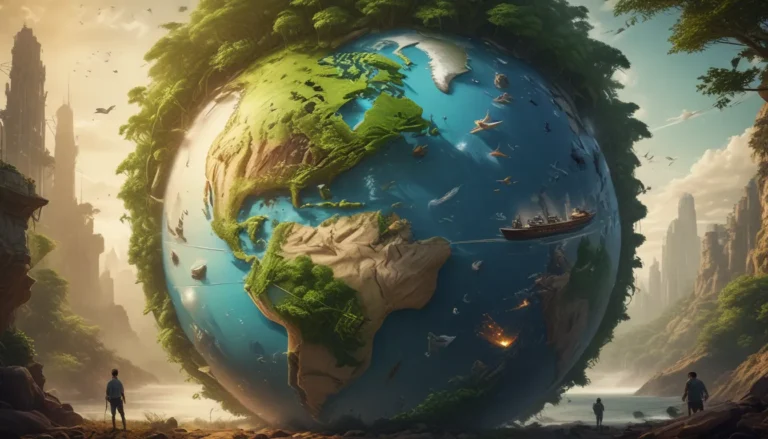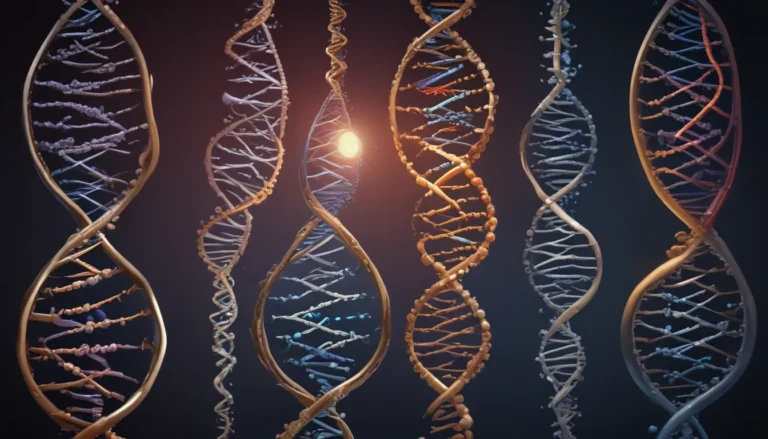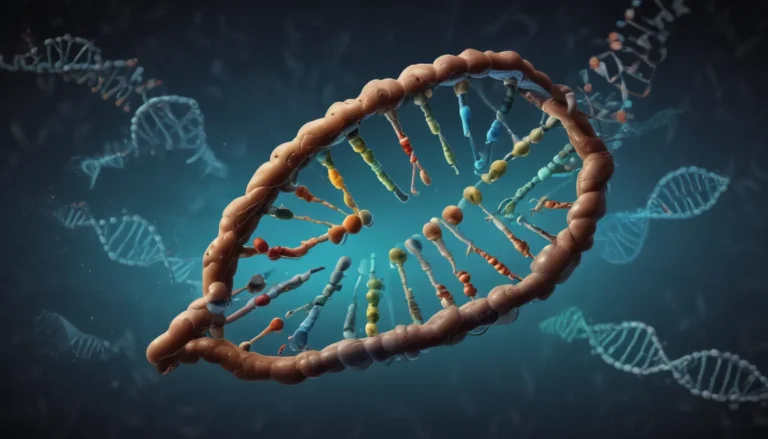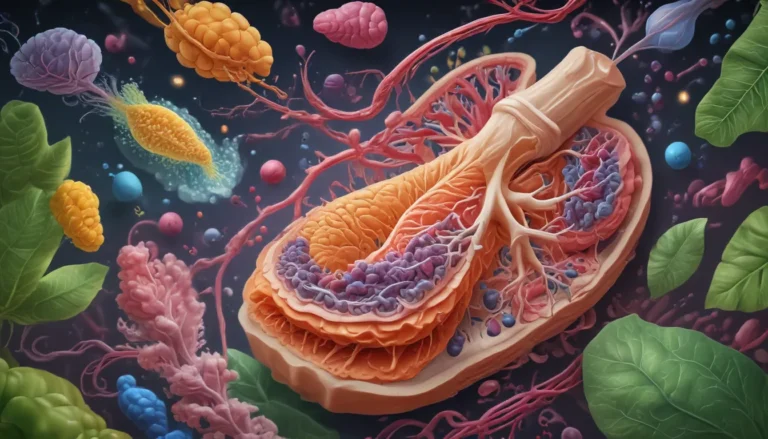A Note About Images: The images used in our articles are for illustration purposes only and may not exactly match the content. They are meant to engage readers, but the text should be relied upon for accurate information.
Welcome to the fascinating world of phytoplankton, the microscopic plants that inhabit our planet’s surface waters and play a vital role in the Earth’s ecosystem. Despite their small size, these tiny organisms contribute significantly to the production of oxygen and serve as the foundation of the marine food chain. Join us as we uncover 13 intriguing facts about phytoplankton, from their diverse adaptations to their critical role in sustaining life on our planet.
Delving into the World of Phytoplankton
Phytoplankton, sometimes overlooked, hold many secrets waiting to be discovered. These microscopic plants are not only responsible for producing over half of the world’s oxygen but also play a crucial role in climate regulation by absorbing carbon dioxide. Let’s delve into the wonders of phytoplankton and explore the remarkable facts that make them such intriguing organisms.
The Microscopic World of Phytoplankton
Phytoplankton are tiny, plant-like organisms that drift in the upper layers of the ocean, lakes, and other bodies of water. Despite their small size, they are essential to our planet’s oxygen production through photosynthesis.
A Crucial Role in Oxygen Production
These microscopic organisms are responsible for half of the Earth’s oxygen production, highlighting their significance in sustaining life on our planet. Through photosynthesis, phytoplankton play a vital role in our ecosystem.
The Foundation of the Marine Food Chain
Phytoplankton serve as the foundation of the marine food chain, providing food for zooplankton and other marine creatures. Their role in supporting marine life is crucial for the balance of ocean ecosystems.
A Diverse Array of Species
There are thousands of different species of phytoplankton, each with unique shapes, sizes, and colors. From diatoms to dinoflagellates and cyanobacteria, phytoplankton exhibit a remarkable diversity.
Spectacular Adaptations for Survival
Some species of phytoplankton have developed bioluminescence as a defense mechanism against predators, creating stunning glowing displays in the ocean. Their unique adaptations showcase the ingenuity of these tiny organisms.
Thriving in Varied Environments
Phytoplankton can be found in a range of environmental conditions, from warm tropical waters to cold polar regions. They adapt to different temperatures, salinities, and nutrient levels, showcasing their resilience.
Striking Blooms Visible from Space
Under favorable conditions, phytoplankton populations can explode, forming large blooms that are visible from satellites orbiting Earth. These blooms showcase the dynamic nature of phytoplankton populations.
Essential in Carbon Cycling
Through photosynthesis, phytoplankton absorb carbon dioxide from the atmosphere, playing a crucial role in carbon cycling. Their contribution to regulating climate change is significant.
The Potential for Harmful Algal Blooms
Some species of phytoplankton can produce harmful algal blooms under specific conditions. These blooms can release toxins that harm humans and marine ecosystems, highlighting the importance of understanding phytoplankton dynamics.
Contributing to the Colors of the Ocean
The color of the ocean can vary based on the presence and concentration of different types of phytoplankton. From vibrant greens to reds and browns, phytoplankton contribute to the visual beauty of the marine environment.
Diverse Shapes and Structures
Phytoplankton exhibit a wide range of shapes and structures, from tiny spherical cells to elaborate spiral or star-shaped designs. Their architectural diversity is a testament to the complexity of these microscopic organisms.
Unique Reproductive Strategies
Phytoplankton reproduce both asexually and sexually, with some species forming resting stages that can survive unfavorable conditions. Their reproductive strategies showcase their adaptability to changing environments.
A Role in Carbon Sequestration
When phytoplankton die and sink to the ocean floor, they trap carbon in the form of organic matter, contributing to long-term carbon storage. Their role in carbon sequestration is essential for maintaining global carbon balance.
Embracing the Wonder of Phytoplankton
In conclusion, phytoplankton are extraordinary organisms that play a vital role in our planet’s ecosystems. From producing oxygen and supporting marine life to regulating climate change, their contributions are invaluable. By studying and appreciating the wonders of phytoplankton, we can deepen our understanding of the intricate web of life in our oceans and foster a sense of responsibility towards protecting these vital organisms and the fragile ecosystems they inhabit.
Frequently Asked Questions About Phytoplankton
-
What are phytoplankton?
Phytoplankton are microscopic plants that drift in the ocean, using sunlight and carbon dioxide to produce energy through photosynthesis. -
Why are phytoplankton important?
Phytoplankton are crucial to the Earth’s ecosystem as they produce approximately 50% of the world’s oxygen and serve as the basis of the marine food chain. -
Are all phytoplankton the same?
No, there are thousands of different species of phytoplankton, each with its unique characteristics and adaptations. -
Do phytoplankton have special abilities?
Phytoplankton exhibit fascinating abilities, such as bioluminescence, adjusting their buoyancy, and producing toxins. -
How do phytoplankton contribute to climate regulation?
Phytoplankton sequester carbon dioxide from the atmosphere through photosynthesis, helping to reduce the effects of global warming. -
Are phytoplankton affected by pollution?
Yes, pollution can have detrimental effects on phytoplankton populations, leading to harmful algal blooms and disrupting marine ecosystems. -
Can phytoplankton be harmful to humans?
Some species of phytoplankton produce toxins that can pose a threat to human health if consumed through contaminated seafood or by swimming in affected waters. -
How do scientists study phytoplankton?
Scientists use various methods, including satellite imagery and water sampling, to study and monitor phytoplankton populations and their behavior. -
Can phytoplankton be found in freshwater ecosystems?
Yes, phytoplankton can be found in freshwater ecosystems, such as lakes and rivers, in addition to the ocean. -
Are phytoplankton affected by climate change?
Climate change can significantly impact phytoplankton populations, altering their distribution, abundance, and productivity. -
Can phytoplankton be used for commercial purposes?
Certain types of phytoplankton, like diatoms, are used in industries such as aquaculture, cosmetics, and biofuel production. -
Do phytoplankton have predators?
Yes, phytoplankton are preyed upon by various organisms, including zooplankton, small fish, and some marine mammals. -
How can we protect phytoplankton?
We can protect phytoplankton by reducing pollution, practicing sustainable fishing, and supporting conservation efforts to preserve marine ecosystems.
As you explore the wonders of phytoplankton and their vital role in our planet’s ecosystems, consider the impact of these microscopic marvels on the world around us. By gaining a deeper understanding and appreciation for phytoplankton, we can enhance our connection to the natural world and promote conservation efforts to protect these essential organisms and the delicate balance of ocean life.
